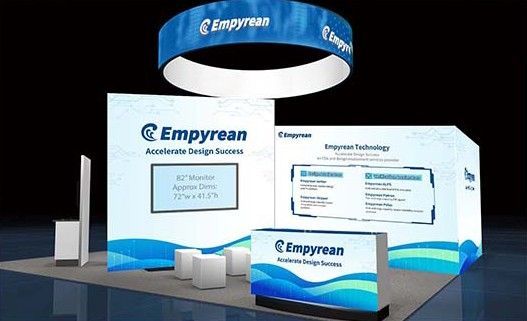The four major domestic EDA players have taken advantage of the localization boom and have increased training opportunities to make up for congenital deficiencies.

In the past, the domestic IC industry relied too much on overseas EDA tools, which caused local EDA industry players to face the dilemma of lack of on-site training and cumulative verification. Huada Jiutian
After the release of the 7nm Kirin processor in Huawei's new phone Mate 60 Pro, there has been discussion that SMIC has entered the advanced manufacturing camp. However, Dan Hutcheson, an expert at TechInsights, a research institute responsible for dismantling Huawei's 7nm mobile phone, even pointed out that in the United States Under the restrictions on the export control of advanced process node EDA tools of Chinese companies, how did Huawei HiSilicon and SMIC obtain EDA software assistance?
Hutcheson assesses that the domestic electronic design automation (EDA) industry should have made significant progress.
This is very different from the past situation in which the domestic IC industry over-relied on overseas EDA tools, which in turn led to a lack of on-site training and accumulated verification for local EDA industry players.
EDA was once a relatively unnoticed part of the entire chip production process. However, judging from the global EDA market of approximately US$13 billion in 2022, the industry supports the semiconductor equipment industry with an annual output value of tens of billions of US dollars, as well as the annual output value of Hundreds of billions of dollars in IC manufacturing.
According to data from China Media Finance Association, China began to invest in domestic self-developed EDA systems in the 1990s. However, after the world's three major EDA giants entered the domestic market, they used their more mature technology and cheaper prices to impact domestic self-developed EDA tools. of investment.
Compared with EDA software from major overseas manufacturers, domestic EDA tools cannot even win the favor of local industry players. This is a challenge caused by their inherent shortcomings.
After 2008, the four major local EDA players, including BGI Jiutian, Bolun Electronics, Guangli Micro, and the rising star Xinhuazhang, tried to cut into the domestic market business gaps that the three global giants already occupied and promoted the development of EDA localization in various fields. .
Basically, domestic local EDA players generally start from a single point in a certain link, and only have strong competitiveness in some processes and links. Chinese media quoted industry insiders as pointing out that the domestic EDA industry is still in the catching-up stage, and breakthroughs in some areas are still unable to achieve full-process coverage. Therefore, the domestic industry is still highly dependent on overseas advanced EDA tools.

